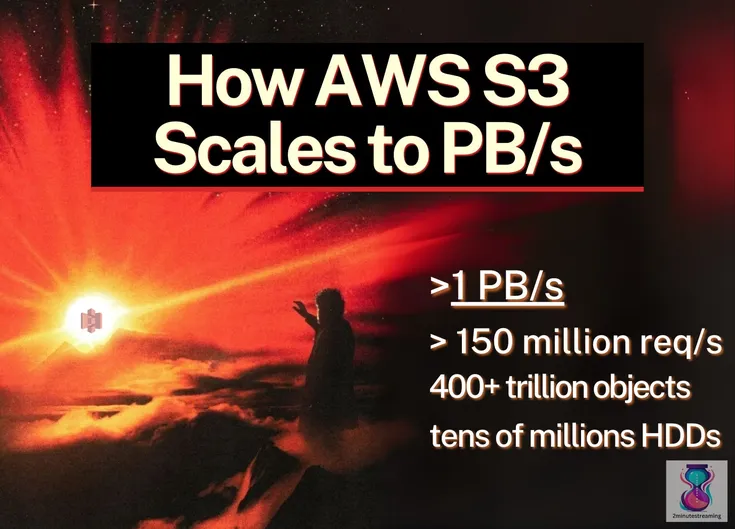AWS S3 doesn’t need fancy hardware. It wrings performance out of cheap HDDs, log-structured merge trees, and erasure coding. The trick? Shard everything. Hit it in parallel.
Randomized placement dodges hotspots. Hedged requests race the slowest links. And when things get lopsided, S3 rebalances - constantly pulling in fresh drives, spreading the load, keeping IO sane.
















